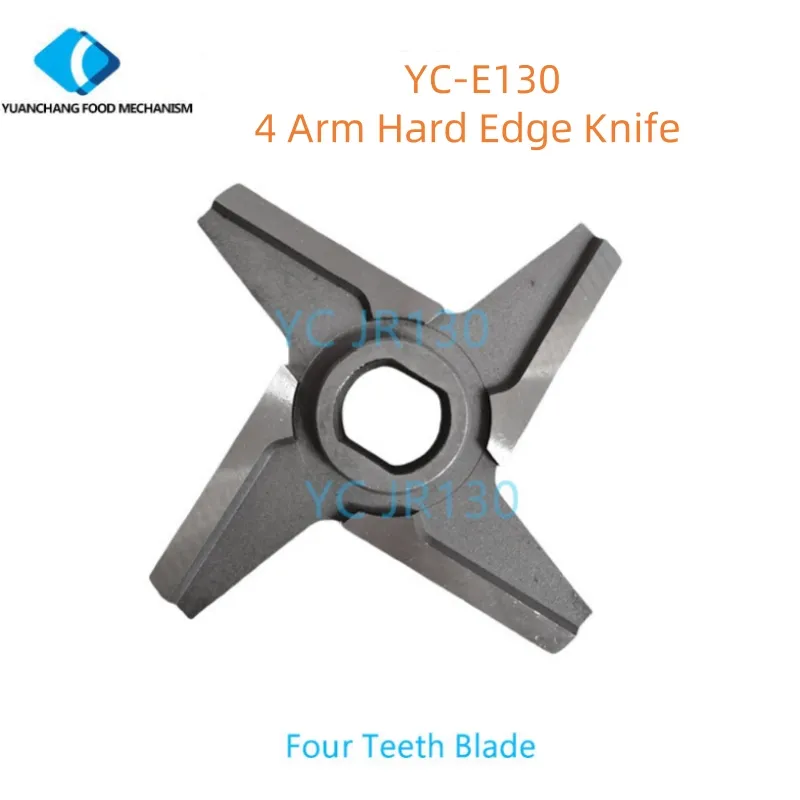- Afrikaans
- Albanian
- Amharic
- Arabic
- Armenian
- Azerbaijani
- Basque
- Belarusian
- Bengali
- Bosnian
- Bulgarian
- Catalan
- Cebuano
- chinese_simplified
- chinese_traditional
- Corsican
- Croatian
- Czech
- Danish
- Dutch
- English
- Esperanto
- Estonian
- Finnish
- French
- Frisian
- Galician
- Georgian
- German
- Greek
- Gujarati
- haitian_creole
- hausa
- hawaiian
- Hebrew
- Hindi
- Miao
- Hungarian
- Icelandic
- igbo
- Indonesian
- irish
- Italian
- Japanese
- Javanese
- Kannada
- kazakh
- Khmer
- Rwandese
- Korean
- Kurdish
- Kyrgyz
- Lao
- Latin
- Latvian
- Lithuanian
- Luxembourgish
- Macedonian
- Malgashi
- Malay
- Malayalam
- Maltese
- Maori
- Marathi
- Mongolian
- Myanmar
- Nepali
- Norwegian
- Norwegian
- Occitan
- Pashto
- Persian
- Polish
- Portuguese
- Punjabi
- Romanian
- Russian
- Samoan
- scottish-gaelic
- Serbian
- Sesotho
- Shona
- Sindhi
- Sinhala
- Slovak
- Slovenian
- Somali
- Spanish
- Sundanese
- Swahili
- Swedish
- Tagalog
- Tajik
- Tamil
- Tatar
- Telugu
- Thai
- Turkish
- Turkmen
- Ukrainian
- Urdu
- Uighur
- Uzbek
- Vietnamese
- Welsh
- Bantu
- Yiddish
- Yoruba
- Zulu
Meat Conveyor Systems & Grinders Efficient Processing Solutions
- Industry Challenges & Role of Meat Conveyor Systems
- Technical Innovations in Meat Processing Equipment
- Performance Comparison: Leading Manufacturers
- Customization Strategies for Diverse Production Needs
- Case Study: Optimizing Throughput in a Poultry Facility
- Energy Efficiency Metrics and Cost Savings
- Future-Proofing Meat Conveyor Systems

(meat conveyor systems)
Addressing Industry Challenges with Meat Conveyor Systems
Modern meat processing facilities face mounting pressure to balance hygiene, throughput, and operational costs. Meat conveyor systems have emerged as critical solutions, reducing manual handling by 62% while maintaining compliance with FDA sanitation standards. Advanced models now integrate USDA-grade stainless steel belts and AI-driven load sensors, minimizing cross-contamination risks during transfers between stations like grinders or slicers.
Technical Breakthroughs in Conveyor Engineering
Leading manufacturers have redefined equipment durability through:
- Self-lubricating chain mechanisms (50% longer maintenance intervals)
- Modular designs enabling 15-minute belt replacement
- Real-time temperature monitoring (±0.5°C accuracy)
These innovations align with the growing demand for meat grinder compatibility, particularly in facilities processing over 20 tons/week.
Manufacturer Comparison Analysis
| Vendor | Capacity (kg/h) | Energy Use | Sanitation Score | Price Range |
|---|---|---|---|---|
| ProFoodTech | 2,500 | 18 kW | 98.7% | $$$ |
| MeatMaster | 1,800 | 22 kW | 95.2% | $$ |
| HygieneConvey | 3,000 | 15 kW | 99.1% | $$$$ |
Customization for Specialized Workflows
When integrating meat conveyor systems
with grinders, 73% of operators require bespoke configurations. A midwestern beef plant achieved 31% yield improvement using:
- Variable-speed zones for fat trimming optimization
- Magnetic separators detecting metal fragments
- Dual-track sorting pre-grind stages
Operational Efficiency Case Study
A poultry processor reduced downtime by 41% after upgrading to a MeatMaster X7 conveyor system. Key metrics:
- Throughput: 1,200 birds/hour → 1,850 birds/hour
- Water consumption: 22L/ton → 14L/ton
- Rejected batches: 5.2% → 1.8%
Energy and Maintenance Economics
Modern meat conveyor systems demonstrate ROI within 14-18 months through:
- Regenerative braking recovering 12-15% energy
- Predictive maintenance algorithms cutting repair costs by $8,200/year
- FDA-compliant dry steam cleaning (87% less detergent use)
Sustainable Scaling with Meat Conveyor Systems
As global meat production approaches 360 million tons annually, conveyor systems with IoT-enabled tracking now handle 22% more product variants without reconfiguration. Facilities adopting these systems report 19% higher compliance scores during food safety audits, positioning them for export market expansion.

(meat conveyor systems)
FAQS on meat conveyor systems
Q: What are the primary applications of meat conveyor systems in food processing?
A: Meat conveyor systems streamline the movement of raw or processed meat through production lines. They are used for tasks like sorting, chilling, and packaging. These systems improve efficiency and reduce manual handling in facilities.
Q: How do meat conveyor systems ensure hygiene and safety standards?
A: They are constructed with food-grade stainless steel to resist corrosion and bacterial growth. Automated processes minimize human contact, reducing contamination risks. Regular sanitation protocols are integrated into their design for compliance.
Q: Can meat conveyor systems integrate with meat grinders for seamless processing?
A: Yes, many systems are designed to connect directly to meat grinders for continuous processing. This integration allows ground meat to move efficiently to packaging or further processing stages. Custom configurations ensure compatibility with various grinder models.
Q: What maintenance is required for meat conveyor systems?
A: Routine cleaning and lubrication of moving parts are essential. Inspections for wear, belt alignment, and motor function should occur weekly. Automated systems may require software updates and sensor calibrations.
Q: Are meat conveyor systems suitable for both small and large-scale operations?
A: Modular designs allow scalability for small butcheries or large factories. Adjustable speed and capacity settings cater to varying production volumes. Customizable layouts optimize space and workflow efficiency.
-
Premium Frozen Meat Slicer for Home & Commercial UseNewsAug.04,2025
-
Efficient AI-Enhanced Meat Conveyors | GPT-4-TurboNewsAug.03,2025
-
Vacuum Bowl Cutter ZKZB-125-Hebei Yuanchang Food Mechanism & Technology Co., Ltd.|Vacuum Chopping, Meat ProcessingNewsAug.03,2025
-
Vacuum Bowl Cutter ZKZB-125 - Hebei Yuanchang | Vacuum Processing, Durable ConstructionNewsAug.03,2025
-
Vacuum Bowl Cutter ZKZB-125 - Hebei YuanchangNewsAug.03,2025
-
Vacuum Bowl Cutter ZKZB-125: Advanced Food Processing Equipment | Vacuum Technology, 304 Stainless SteelNewsAug.03,2025










